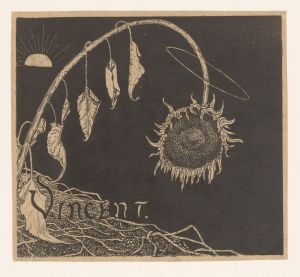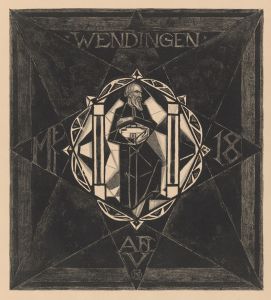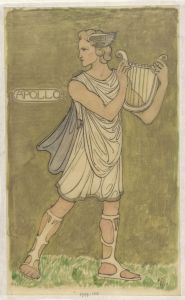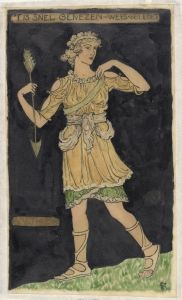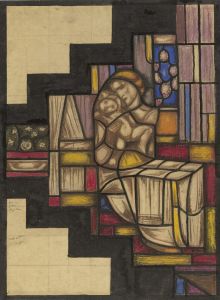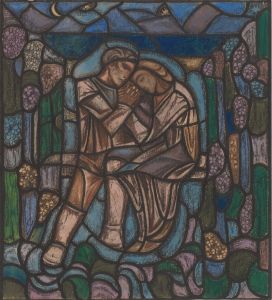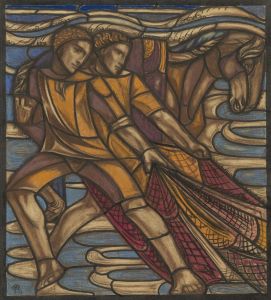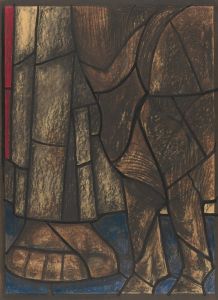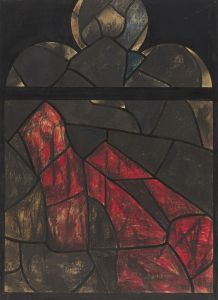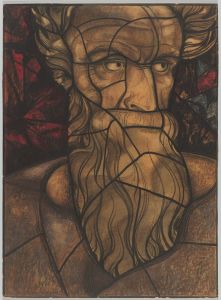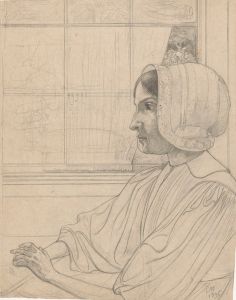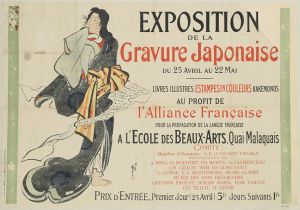
Ontwerp voor raam in het Nederlands Paviljoen op de tentoonstelling Arts Décoratifs te Parijs, 1925
A hand-painted replica of Richard Nicolaüs Roland Holst’s masterpiece Ontwerp voor raam in het Nederlands Paviljoen op de tentoonstelling Arts Décoratifs te Parijs, 1925, meticulously crafted by professional artists to capture the true essence of the original. Each piece is created with museum-quality canvas and rare mineral pigments, carefully painted by experienced artists with delicate brushstrokes and rich, layered colors to perfectly recreate the texture of the original artwork. Unlike machine-printed reproductions, this hand-painted version brings the painting to life, infused with the artist’s emotions and skill in every stroke. Whether for personal collection or home decoration, it instantly elevates the artistic atmosphere of any space.
Richard Nicolaüs Roland Holst's Ontwerp voor raam in het Nederlands Paviljoen op de tentoonstelling Arts Décoratifs te Parijs, 1925 (Design for a Window in the Dutch Pavilion at the Exposition Internationale des Arts Décoratifs et Industriels Modernes, Paris, 1925) is a notable example of early 20th-century Dutch decorative art. Roland Holst (1868–1938) was a prominent Dutch artist, designer, and member of the Arts and Crafts movement, known for his stained glass designs, murals, and illustrations. This particular work was created as part of the Dutch contribution to the 1925 Paris Exposition, an influential international exhibition that showcased modern decorative and industrial arts.
The design reflects Roland Holst's characteristic style, which often combined traditional craftsmanship with modernist aesthetics. His work was deeply influenced by the ideals of the Arts and Crafts movement, emphasizing the integration of art into everyday life and the importance of artisanal quality. The window design likely featured symbolic and allegorical elements, as was typical of Roland Holst's stained glass works, which often drew on themes from literature, mythology, and nature.
The 1925 Paris Exposition was a landmark event in the history of design and architecture, giving rise to the term "Art Deco." The Dutch Pavilion, where Roland Holst's design was displayed, was an important showcase of Dutch artistic innovation and craftsmanship. The pavilion featured contributions from several prominent Dutch artists and architects, reflecting the Netherlands' commitment to blending tradition with modernity. Roland Holst's window design would have been part of this broader effort to present a cohesive national artistic identity on the international stage.
While specific details about the composition and execution of this particular window design are not widely documented, it is known that Roland Holst's stained glass works often employed bold colors, geometric patterns, and intricate detailing. His designs were celebrated for their harmonious balance between form and function, as well as their ability to convey a sense of spirituality and timelessness.
Today, Richard Nicolaüs Roland Holst is remembered as one of the leading figures in Dutch decorative arts during the early 20th century. His contributions to stained glass design, including works like Ontwerp voor raam in het Nederlands Paviljoen op de tentoonstelling Arts Décoratifs te Parijs, 1925, continue to be appreciated for their artistic and historical significance.





